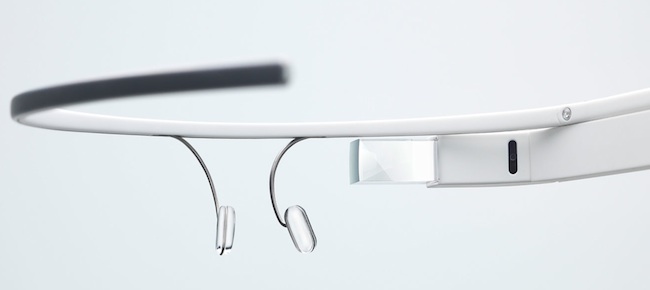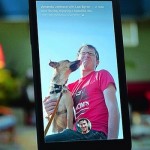OpenAI has launched GPT 5.2, a major model upgrade now available in both the API and ChatGPT. It is described as the company’s most…
Google Glass specs gets real: all-day battery, 5MP camera, 16GB storage


Google Glass tech specs have been revealed, thanks to 9to5Google. Along with the release of the Glass API, today we can discover an exciting mix of new and old tech, so lets dig in:
- It’s wearable tech, so the fit is important. Glass has adjustable nosepads that will “fit any face”. Two extra nosepads are thrown in for those with smaller or bigger snouts.
- The exact pixel count of the screen hasn’t been revealed, but the screen will be “equivalent to a 64cm screen from 2.5-meters away.
- The camera is a weedy 5MP, with video recorded at a respectable 720p.
- Audio is via a very snazzy Bone Conduction Transducer. More on this: Bone Conduction is the reason why our voices sound different to us, any why it’s so embarrassing to hear our recorded voices. Glass will make our voices sound natural, or as natural as possible.
- There’s 16GB internal memory (12GB usable) with the reminder of the users content being synced with the cloud. As is tradition these days.
- Glass will come with the only two wireless connections anyone needs, for now. Namely WiFi and Bluetooth. It’s sad to see NFC snipped from the list, but perhaps Google has NFC plans for future versions of Glass. For now, we get a connection to the internet and a link to our smartphones.
- The “full day” battery uses MicroUSB for charging which is much needed, as this very well may be the most compatible USB connection on this planet. Again, we can’t confirm the exact battery power of Glass, but an all day battery for a smartphone is anything over 2200mAh. It will be interesting to see how Google plans to cram a battery of this size into such slim frame.

As for software, Glass will need an Android phone that runs Ice Cream Sandwich (Android 4.0.3) to run the MyGlass companion app. While Glass is ready to ship for the Explorers (users who signed up for Glass at last year’s Google I/O conference), the rest of us will have to wait a little longer for Google’s vision of the future.


